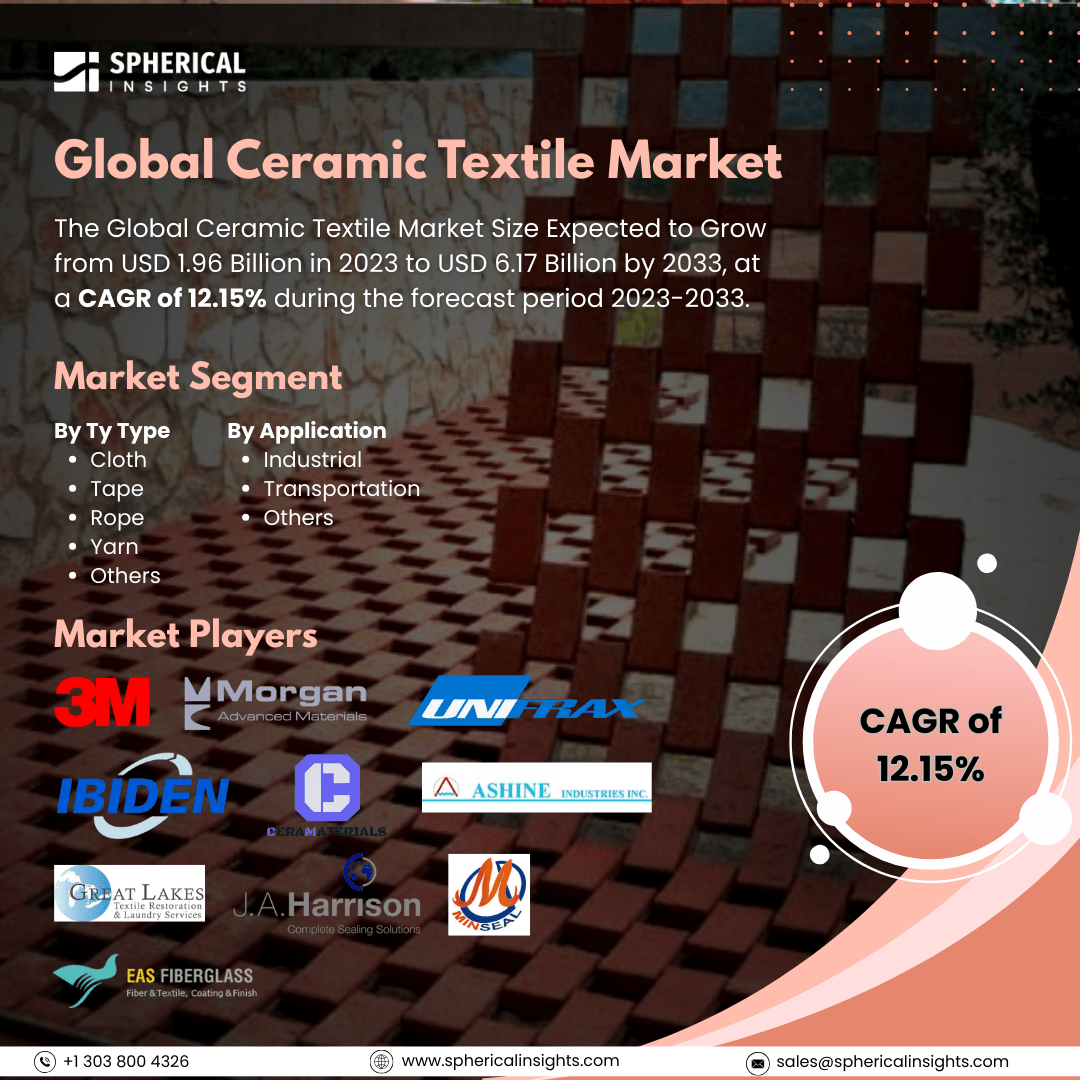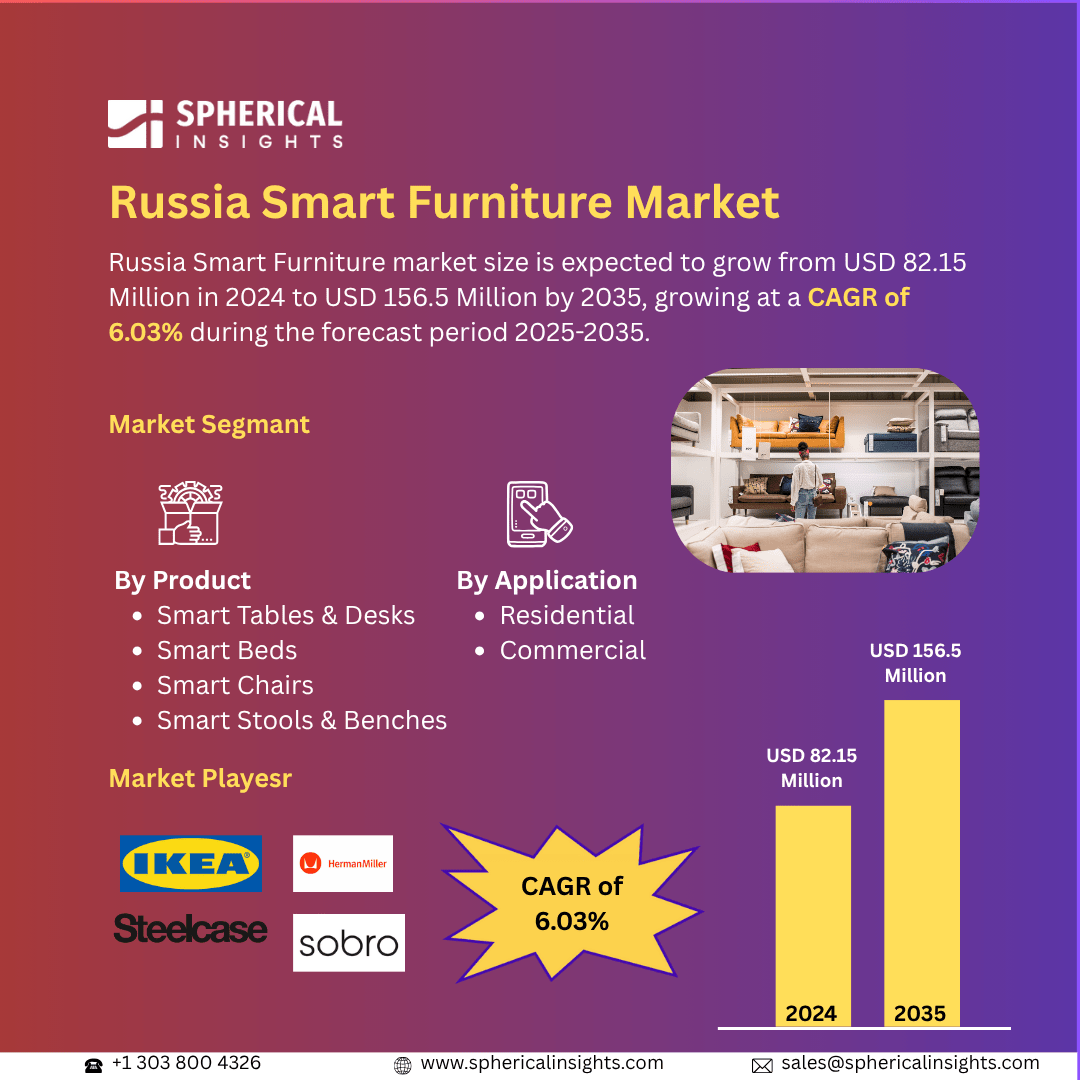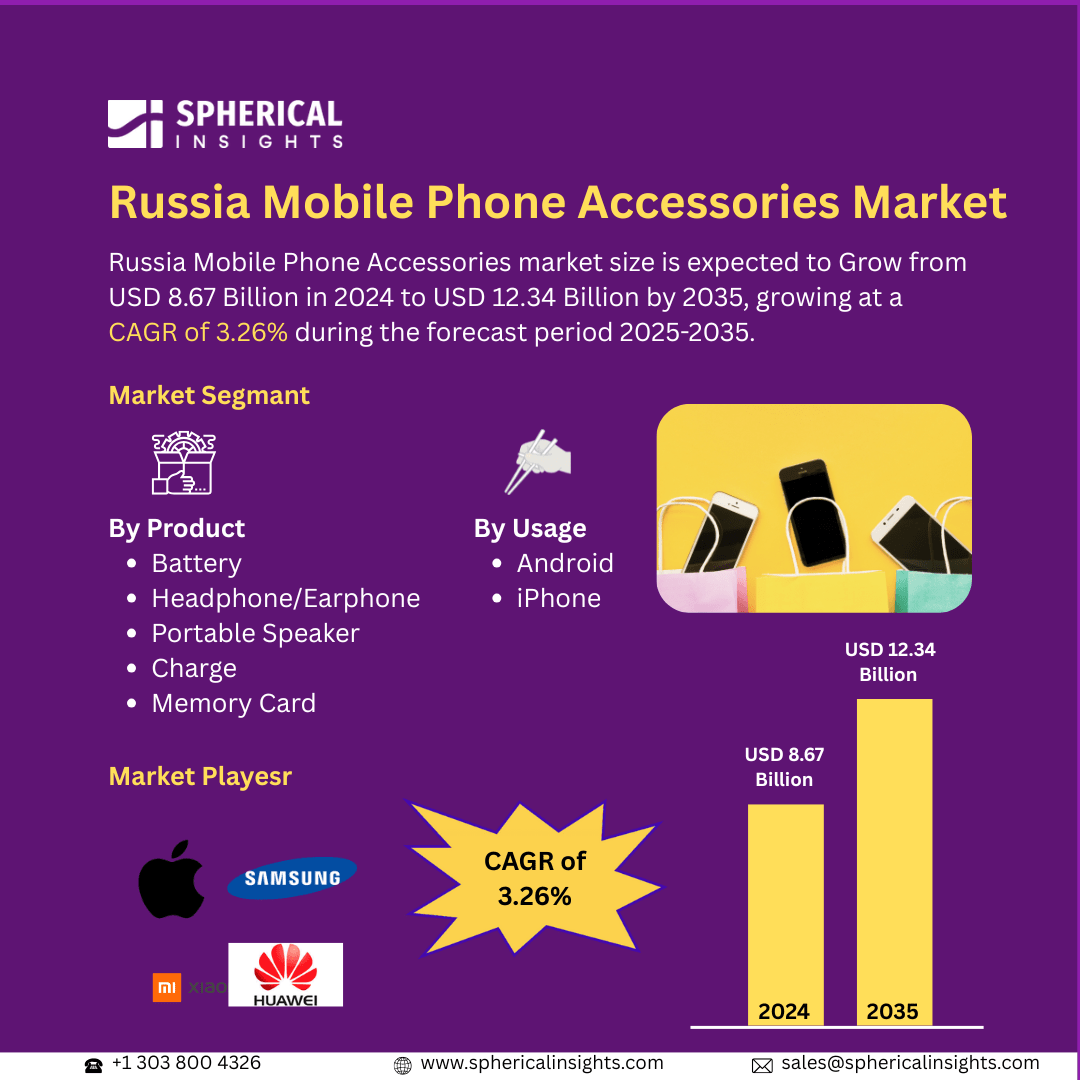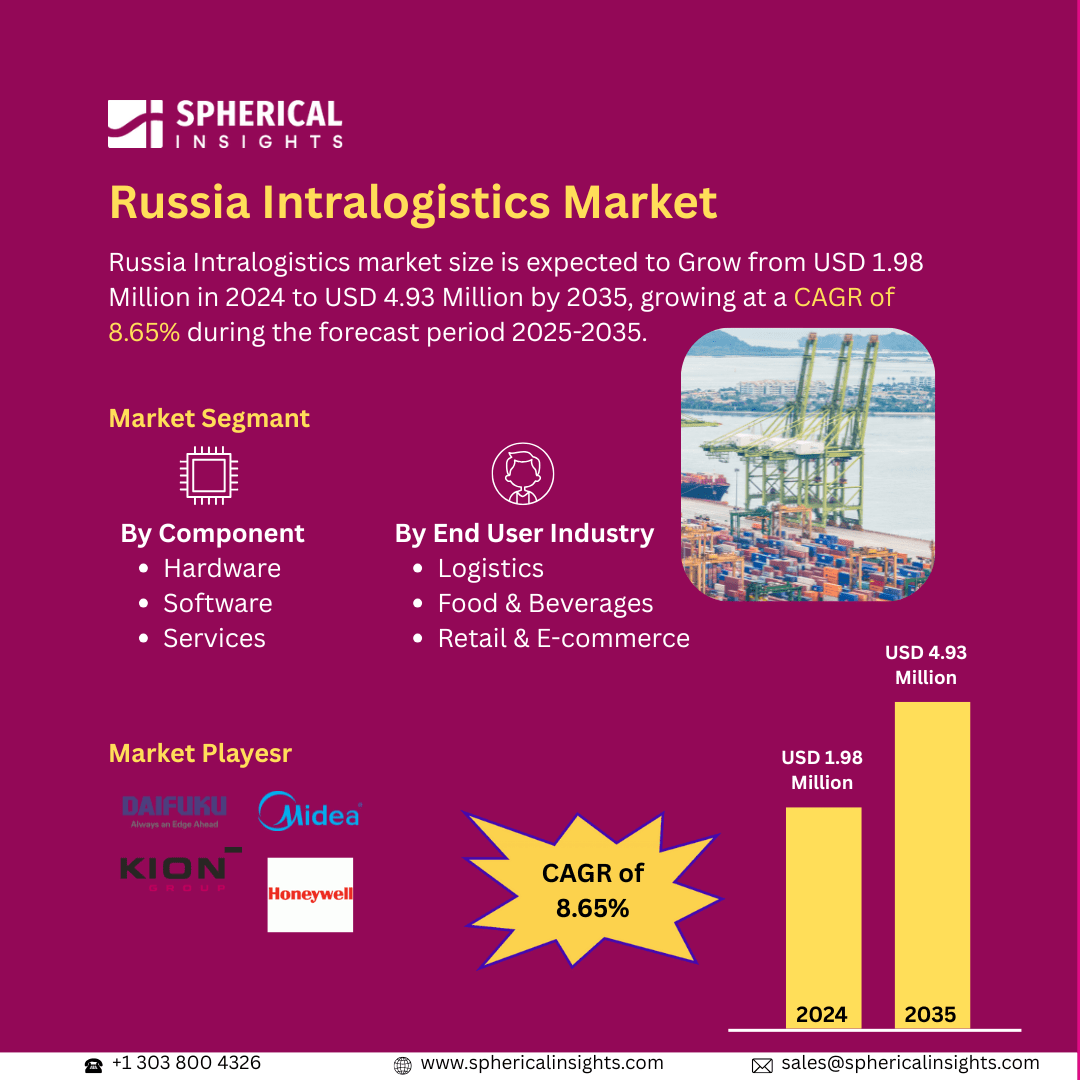Global Ceramic Textile Market Size to Exceed USD 6.17 Billion by 2033
According to a research report published by Spherical Insights & Consulting, The Global Ceramic Textile Market Size Expected to Grow from USD 1.96 Billion in 2023 to USD 6.17 Billion by 2033, at a CAGR of 12.15% during the forecast period 2023-2033.
Browse 210 market data Tables and 45 Figures spread through 190 Pages and in-depth TOC on the Global Ceramic Textile Market Size, Share, and COVID-19 Impact Analysis, By Type (Cloth, Tape, Rope, Yarn, and Others), By Application (Industrial, Transportation, and Others), and By Region (North America, Europe, Asia Pacific, Latin America, Middle East, and Africa), Analysis and Forecast 2023 – 2033
The ceramic textile industry describes the business oriented towards the production, distribution, and use of textile products comprised of ceramic fiber. The textures are characterized by their resistance to heat, insulating properties with respect to thermal energy, stability in the chemical sense, and lightness in weight, thereby being suitable for utilization in adverse environments. Moreover, the ceramic textile market is driven by growing demand for high-temperature insulation in aerospace, automotive, and power generation industries. Expansion in fire safety standards, increased adoption in defense, and innovation in lightweight, high-strength materials further propel the market. Increasing industrialization, energy-efficient applications, and environmental issues related to heat-resistant material also fuel its growth, along with innovation in nanoceramics and advanced fiber composites. However, the ceramic textile industry is constrained by such factors as high processing costs, intricate manufacturing, and brittleness. Low consciousness, the competitiveness of cheap substitutes, and ecology with respect to the disposal of fibers also act as deterrents.
The cloth segment accounted for the largest share of the global ceramic textile market in 2023 and is anticipated to grow at a significant CAGR during the forecast period.
On the basis of type, the global ceramic textile market is divided into cloth, tape, rope, yarn, and others. Among these, the cloth segment accounted for the largest share of the global ceramic textile market in 2023 and is anticipated to grow at a significant CAGR during the forecast period. Cloth has the largest market share in the world ceramic textile market because it is highly used in industrial insulation, fire protection, and high-temperature use. It is versatile, long-lasting, and has better thermal resistance, making it the most preferred material in the aerospace, automotive, power generation, and metallurgy sectors, whose market demand is high.
The industrial segment accounted for a substantial share of the global ceramic textile market in 2023 and is anticipated to grow at a rapid pace during the projected period.
On the basis of the application, the global ceramic textile market is divided into industrial, transportation, and others. Among these, the industrial segment accounted for a substantial share of the global ceramic textile market in 2023 and is anticipated to grow at a rapid pace during the projected period. This is because of its widespread application in high-temperature insulation, furnace linings, welding protection, and fireproof barriers. Metal processing, power generation, and petrochemical industries are among the drivers of demand, taking advantage of ceramic textiles' thermal resistance, durability, and energy efficiency.
Asia Pacific is projected to hold the largest share of the global ceramic textile market over the projected period.
Asia Pacific is projected to hold the largest share of the global ceramic textile market over the projected period. This is spurred by the fast pace of industrialization, increasing manufacturing industries, and China, India, and Japan's booming demand for high-temperature insulation. Strong regional presence in industries like metallurgy, automobile, power generation, and petrochemicals, coupled with rising investments in infrastructure and energy-saving solutions, acts as a strong fuel for market expansion.
North America is expected to grow at the fastest CAGR of the global ceramic textile market during the projected period. This is driven by escalating demand for sophisticated thermal insulation across aerospace, defence, and industrial applications. Compressive fire protection standards, heightened investments in energy-efficient technologies, and developments in high-performance materials drive swift market growth, especially in the US and Canada.
Company Profiling
Major vendors in the global ceramic textile market are 3M, Morgan Advanced Materials, Unifrax, IBIDEN, CeraMaterials, ASHINE INDUSTRIES INC., Great Lakes Textiles, J A Harrison, Mineral Seal Corporation, EAS Fiberglass Co., Ltd., LIH FENG JIING ENTERPRISE CO., LTD, and Others.
Key Target Audience
- Market Players
- Investors
- End-users
- Government Authorities
- Consulting and Research Firm
- Venture capitalists
- Value-Added Resellers (VARs)
Recent Development
- In February 2025, 3Box Labs also announced its acquisition by Textile, a new beginning for Ceramic, which now belongs to the Textile family. This acquisition brings Ceramic to the same line as other forward-thinking decentralized data solutions like Tableland DB and Basin Network.
Market Segment
This study forecasts revenue at global, regional, and country levels from 2023 to 2033. Spherical Insights has segmented the global ceramic textile market based on the below-mentioned segments:
Global Ceramic Textile Market, By Ty Type
- Cloth
- Tape
- Rope
- Yarn
- Others
Global Ceramic Textile Market, By Application
- Industrial
- Transportation
- Others
Global Ceramic Textile Market, By Regional
- North America
- Europe
- Germany
- UK
- France
- Italy
- Spain
- Russia
- Rest of Europe
- Asia Pacific
- China
- Japan
- India
- South Korea
- Australia
- Rest of Asia Pacific
- South America
- Brazil
- Argentina
- Rest of South America
- Middle East & Africa
- UAE
- Saudi Arabia
- Qatar
- South Africa
- Rest of the Middle East & Africa



